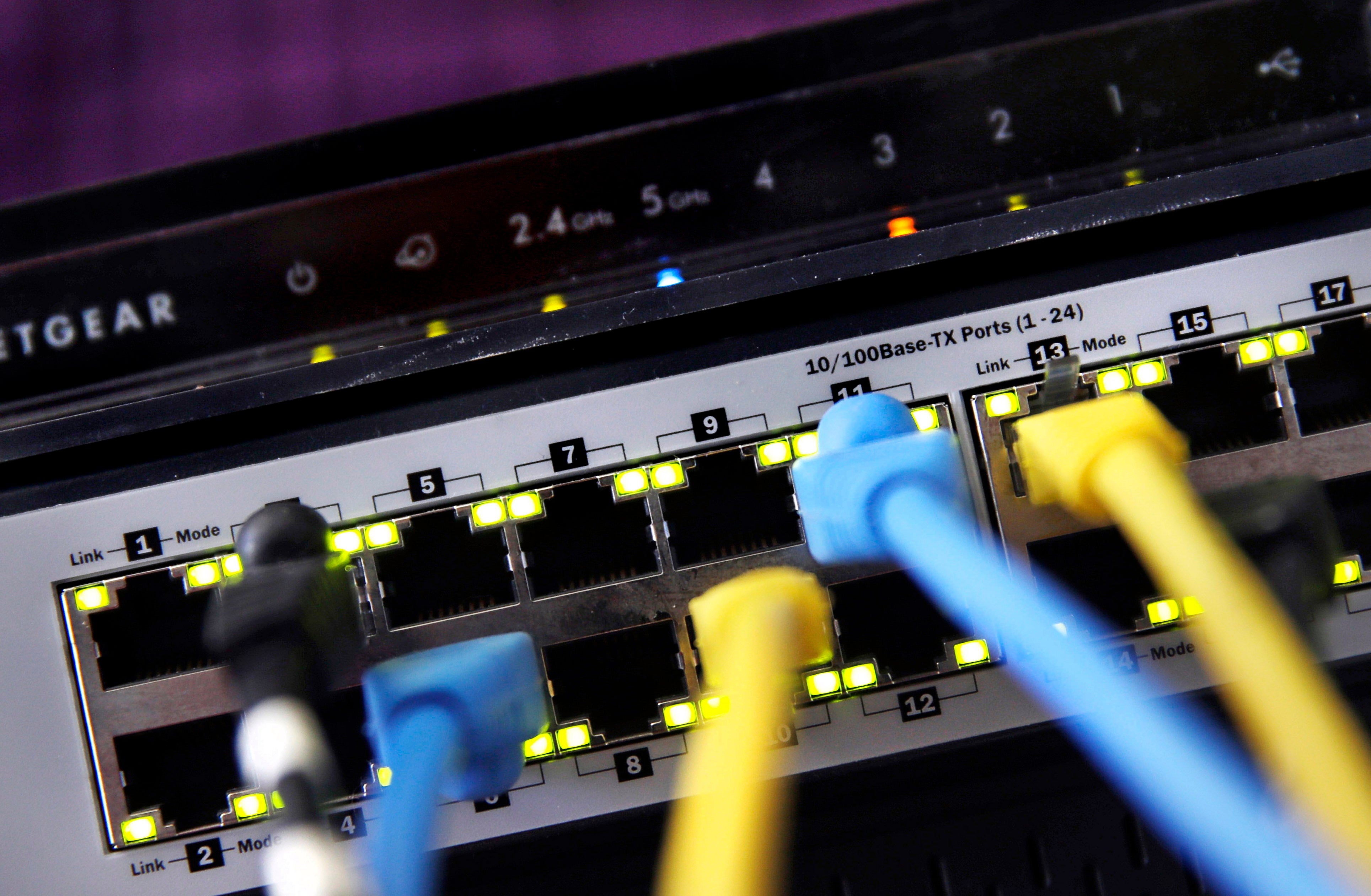What next for Biden’s billion dollar broadband expansion?

EDITORS/NEWS DIRECTORS:
The Biden Administration released details about the $42.5 billion cornerstone of its Internet for All initiative on Monday. The money, which state governments will eventually award broadband providers, has the chance to be transformative in communities with inadequate service or exorbitant costs.
Funding amounts from the Broadband Equity, Access and Deployment (BEAD) program depended primarily on the number of unserved locations in each jurisdiction. Unserved locations are those that lack access to internet download speeds of at least 25 megabits per second download and upload speeds of 3 Mbps.
Download speeds involve retrieving information from the internet, including streaming movies and TV. Upload speeds determine how fast information travels from a computer to the internet, like sending emails or publishing photos online.
The federal government used the FCC’s National Broadband Map to identify the number of unserved locations in each jurisdiction.
Before states can draw down on those funds, they must engage in a multi-step approval process with the federal government to ensure the money is deployed to the communities that need it the most.
___
AP’S LATEST COVERAGE
Biden’s broadband plan aims to connect every home and business in U.S. by 2030. What’s next?
High-speed internet is a necessity, President Biden says, pledging all US will have access by 2030
___
VIEW YOUR STATE'S BEAD FUNDING ALLOTMENT AND PERCENT OF AREAS UNSERVED
— The AP produced a dataset showing each state’s allotment in dollars and the percent of Broadband Serviceable Locations—homes and businesses where high-speed internet could be installed—that are estimated to be unserved, according to the latest version of the FCC National Broadband Map.
___
VIEW DETAILED BROADBAND MAPS AND FUNDING MAPS
— The FCC National Broadband Map is an updating dataset that shows advertised internet speeds at the address level. Version 2 is the latest public iteration and was used to determine states’ BEAD allotments.
The default view of the map shows residential service provided by all types of technology with download speeds of at least 25 Mbps and upload speeds of at least 3 Mbps. The federal government defines reliable service as that which is provided through wired or fixed wireless technologies. To view coverage provided by reliable technologies only, click the gear icon on the righthand side of the page. Under technologies, select “All Wired and Licensed Fixed Wireless.” In this menu, you can also choose to view coverage of businesses instead of residences and set different speed minimums.
— Check out the FCC Broadband Funding map. This offers details on funding from some other federal broadband expansion programs.
To view a breakdown of projects and funding in a given area, click the Funding Summary button (to drill down, make sure you're zoomed in to at least level 10, then click on individual hexagons for details). To view the percentage of areas unserved or unfunded, click the Location Summary button. To view maps by funding type, click on the different links below the Broadband Funding Summaries heading in the pop-up box.
___
VIEW OTHER RESOURCES
— The National Telecommunications and Information Administration (NTIA) is administering the BEAD program. It is keeping track of which states have released initial proposals, which must be approved before states can begin the grant making process. Initial proposals are due by the end of the year and can be submitted in two volumes. On this page are also links to 5-year-plans, which lay out how states hope to achieve universal connectivity, and digital equity plans, covering how states aim to equip individuals with the skills and devices necessary to leverage internet access. You can sign up to receive email updates when new proposals and plans are released.
States with initial proposals released:
Louisiana (volume 1)
Virginia (volume 1)
States with 5-year plans released:
Hawaii
Maine
Montana
Ohio
Utah
Draft Digital Equity Plans:
Louisiana
Maine
Montana
Utah
— Nonprofits, internet service providers and local and Tribal governments will eventually have the opportunity to assess their state’s determinations of which locations are eligible for funding and challenge those decisions. The NTIA has published draft guidance for how those challenge processes will run, and final guidance is expected soon.
___
QUESTIONS/REPORTING THREADS
— What is your state’s allotment from BEAD? How have state and local officials reacted to this amount? Do they believe it will be enough to connect people who are still without access to reliable internet?
— Which counties in your state are the most digitally distressed? Are there any demographic or socioeconomic similarities between these areas? Are they geographically consolidated or spread throughout the state? Do any counties with poor connectivity border counties that have good internet access?
— Are there any topographic or climatic challenges, such as mountains and year-round cold weather, to laying down fiber in your state? How do state officials plan to overcome these challenges? Are there any remote counties or towns?
— What is the landscape of existing broadband aid in your state? Broadband expansion projects from other federal programs, including the USDA’s ReConnect program and the American Rescue Plan, are ongoing. Additionally, states run their own grant programs aimed at closing the digital divide. How are these projects going? How have completed projects affected the lives of people in that area? How do these existing projects work with your state's plans to use BEAD funding?
___
READ ADDITIONAL AP COVERAGE
$930 million in grants announced in Biden’s effort to expand internet access to every home in the US
States contend with short timeline to correct broadband map
___
Localize It is an occasional feature produced by The Associated Press for its customers’ use. Questions can be directed to Katie Oyan at koyan@ap.org.
Bookmark popover
Removed from bookmarks